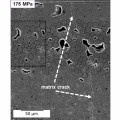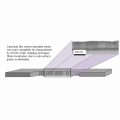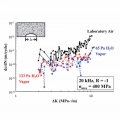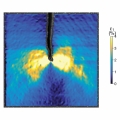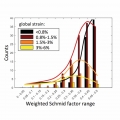The emergence of new experimental capabilities for material characterization that result in extremely large and multi-dimensional data sets, combined with the concurrent emergence of unsupervised learning methods and computing power, has opened the door for a powerful means of unbiased recognition of the complex interactions between microstructure and mechanical properties under a wide range of thermo-mechanical loading conditions.



